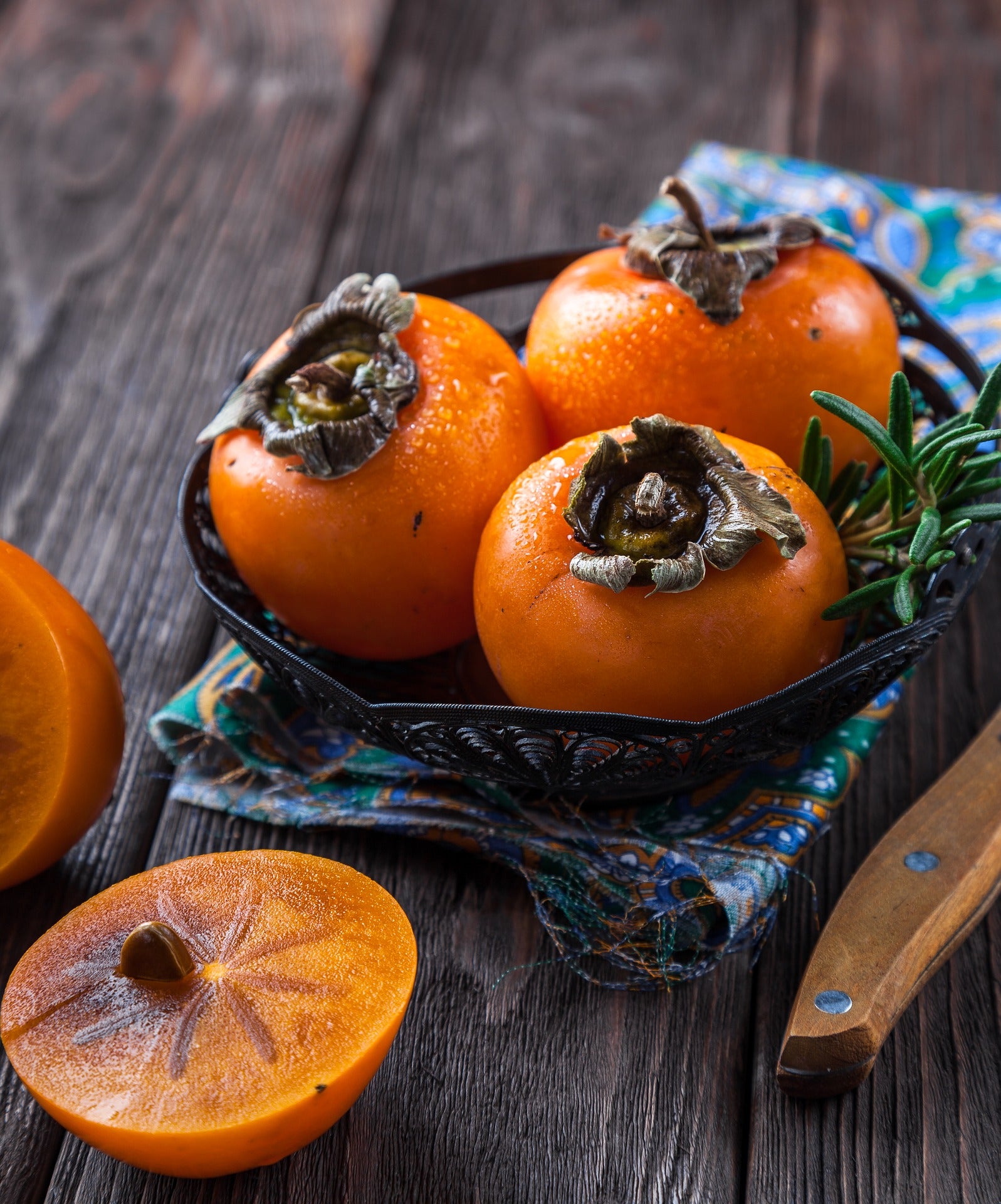Master Gardeners Persimmon: The other Orange Fall fruit
Published 1:40 pm Saturday, November 2, 2019
By Heather Kirk-Ballard
LSU AgCenter Horticulturist
(This article was written for Louisiana but Persimmons do just as well for us here in SE Texas and I thought I would share with those of you wondering what those orange things are hanging from trees are. – Sheri Bethard)
Persimmons, in my humble opinion, are highly underrated fruit. I don’t know many people who actually grow and eat them, but they are an excellent fruit. And they grow well in Louisiana. I first tried persimmons in a pomology course I took at LSU. Some are astringent (the kind that make your face pucker), and some are sweet and juicy with a unique texture. We got to try both.
These beautiful, orange-colored fruits are packed with nutrients. They have a great deal of fiber and are a great source of vitamins A, C and E, potassium, manganese, thiamin (vitamin B1), riboflavin (vitamin B2), folate, magnesium and phosphorus. They have lots of antioxidants and other plant chemicals important to our health.
Fall is harvest time for persimmons. It’s also satsuma harvesttime. Check out your local fruit vendors and check with your neighbors who grow them to get your hands on both. There are some pick-your-own orchards in Louisiana. Give them a try, but also consider growing persimmons in your yard.
When considering persimmons, it’s important to note there are three main kinds: native, astringent and non-astringent. Astringent ones are bitter and make your mouth pucker. This is caused by tannins. As the fruit ripens in late October to early November, it turns a bright orange, and those tannins mellow out producing a honey-like flavor.
The natives (Diospyros virginiana) have small inedible fruit until it is hit by a frost, when they will finally ripen, nice and sweet and ready to eat. The other two kinds of persimmons that are grown both commercially and by home growers can be astringent or non-astringent. Both are Oriental types.
All three can be grown in Louisiana, but the Oriental types are preferred. Oriental persimmons are much larger than the native fruit. Natives also have a great deal of seeds while the Oriental varieties do not. Persimmons grow beautifully in Louisiana’s climate. They are an easy-care fruit tree with very few pests, other than the birds, who love the fruit.
Oriental persimmons (Diospyros kaki) are a nice small fruit tree for fall harvest. The genus name comes from the Greek dios,meaning divine, and pyros, meaning wheat or grain for this divine fruit. The tree is native to Asia and is cultivated heavily in China, Japan, Korea and India. Growing in USDA hardiness zones 7-10, they grow 20 to 30 feet tall and spread 20 to 30 feet wide and bloom in the springtime from May to June. The female flowers are creamy white, and the male flowers are a pretty pink. Both are inconspicuous and not very pronounced. The trees are deciduous and have nice fall foliage that changes to yellow-gold.
Persimmons prefer full sun for the best fruit production but can tolerate some shade. They get loaded with fruit and make for great fall color. Plant the tree in well-drained, but moist and slightly acidic, sandy-loam soils. They are somewhat drought tolerant and do not require a great deal of herbicides or pesticides because there are no serious insect or disease problems. Scale and mealybug may need to be controlled, and leaf spot may occur, but they are no cause for real concern. Lots of falling fruit can cause litter problems. Remove root suckers when they pop up. Fertilize in late winter or early spring with a slow-release granular formulation that is complete, such as 10-10-10.
When the leaves fall in autumn and the gorgeous, bright orange fruits remain, these trees make for an interesting focal point in the landscape.
Fruits can be made into jellies, jams, marmalade and syrups. Or just grab a ripened fruit, and eat them whole or slice them. They are particularly yummy in salads, and the leaves can be brewed to make tea.
Fuyu is the most popular non-astringent variety from Japan. It produces medium to large fruit that persists on the tree long after leaf drop and often into winter. Fruit is mild and sweet with deep orange skin color. Japanese persimmon varieties that are astringent (sour before fully ripe) are Tanenashi and Euerka. The non-astringent varieties include Fuyu, Fuyu Imoto, Hana Fuyu and Suruga.






